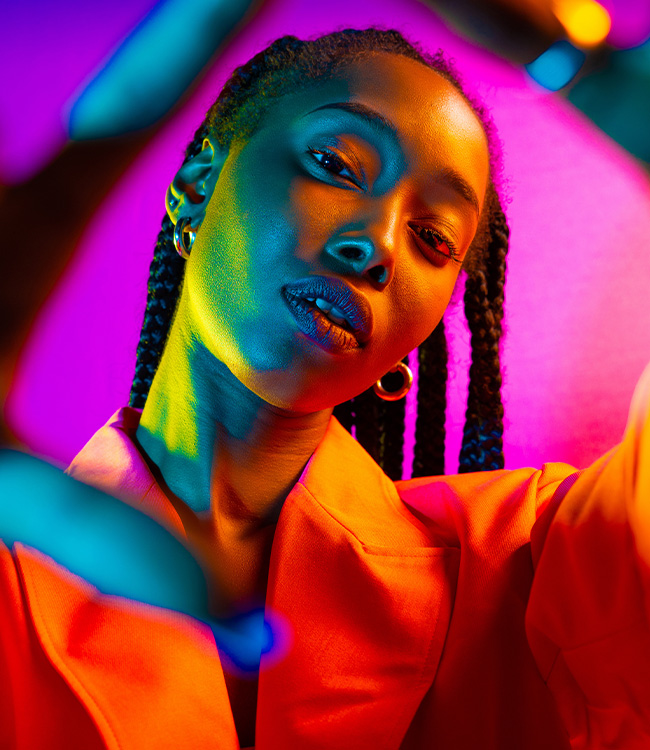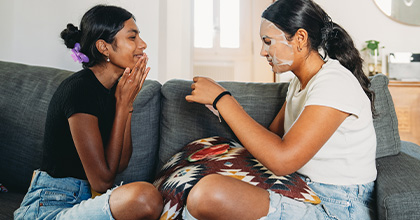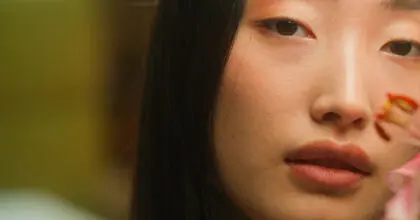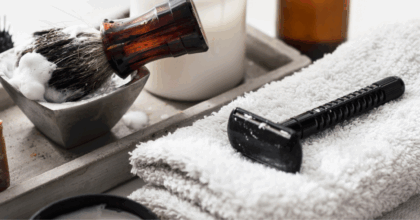What to expect from beauty influencer marketing in 2020
Beauty influencers and the power of social media continue to shape the beauty industry. While influencer collaborations with brands continue to resonate with consumers, issues surrounding
trust and credibility could signal future challenges. To alleviate these concerns, brands and influencers must adopt a more realistic and relatable approach to the category or risk losing favor among consumers.
Trust is a top concern
Gen Z adults struggle to trust influencers
One-third of respondents agree it’s hard to tell when influencer content is sponsored by a brand. Gen Z consumers are more likely than their older counterparts to struggle to find beauty influencers they can trust, and are untrusting of sponsored content. According to Mintel research on beauty influencers, one-quarter of adults who follow beauty influencers struggle to find beauty influencers they can trust, compared to three in 10 Gen Z consumers. Gen Z adults are digital natives and are more aware of the falsity of social media personas. While this may lead to more realistic expectations, as they know content online is not an accurate representation of real life, they may be more skeptical of influencer content as a result.
Women 18-34 are most engaged in this space and therefore are a key audience for most beauty brands. Lack of trust among the youngest and most influential consumer group could have impacts on the influencer industry, especially when considering influencers role in driving purchases. Seven in 10 of adults who follow beauty influencers have purchased beauty products recommended by an influencer. Lack of trust and less credibility among influencers may lead to fewer purchases.
What caused this?
Over the past year, several incidents in the beauty industry caught mainstream media attention. From product recalls, class-action lawsuits, to fake reviews have led to more consumers questioning and scrutinizing their purchases. These scandals and several others have impacted the online influencer community, resulting in “tell all” videos, exposing the truth about the beauty community.
For example, Marlena Stell, YouTube-r and CEO of Makeup Geek published a video in 2018 called “My truth regarding the beauty community”, which discusses how much influencers get paid for promoting products in videos. This video received over one million views, sparking debate among both influencers and followers. It raised alarm bells that brands and influencers may not be disclosing paid partnerships. In 2019, Stell took it a step further in a since-deleted video called “Dear Influencers”, which called out specific influencers and their brands not adhering to safety standards, and lacking transparency.

What consumers want
Transparency
Moving forward consumers will increasingly demand transparency from brands and influencers, as more than half of followers want to see more transparency about paid influencer posts. By offering transparency and full disclosure of paid partnerships, brands will be able to alleviate growing distrust of sponsored content.
Authentic and relatable content
The majority of adults who follow beauty influencers want to see more realistic and relatable influencers. Speaking to overarching movements impacting this landscape – consumers want to see more of their “real life” represented online, as opposed to the hyper curated and filtered photos that are often seen in the beauty space. Three in five consumers want to see more unedited photos. Both beauty brands and influencers that showcase authenticity will stand out in this crowded landscape. In addition, taking a more honest approach will help bolster trust among skeptical followers.
Brands and influencers that lack transparency and fail to prove their relatability risk getting called out by consumers and watchdog accounts for perpetuating unrealistic beauty standards. Beauty brands that are purveyors of this movement and push it forward by partnering with influencers who look like everyday people, while promoting diversity and showcasing inclusivity and transparency, will stand out in this extremely crowded market. More than half of beauty consumers want to see more beauty brands showcasing diversity.
What we think
Adults who follow beauty influencers want to see more authenticity and transparency online, in addition to seeing themselves represented within the beauty space. To alleviate the growing distrust of sponsored content brands must be fully transparent, or risk getting called out by consumers.

Clare is a Senior Beauty Analyst at Mintel, identifying key trends and developing insights impacting the beauty landscape.
-
UK Beauty Influencers and EducatorsWhat are the latest trends within the industry?...Find out more
-
2026 Global PredictionsOur Predictions go beyond traditional trend analysis. Download to get the predictive intelligence and strategic framework to shape the future of your industry in 2026 and beyond. ...Download now
-
Are you after more tailored solutions to help drive Consumer Demand, Market Expansion or Innovation Strategy?Ask for a customised strategic solution from Mintel Consulting today....Find out more






























